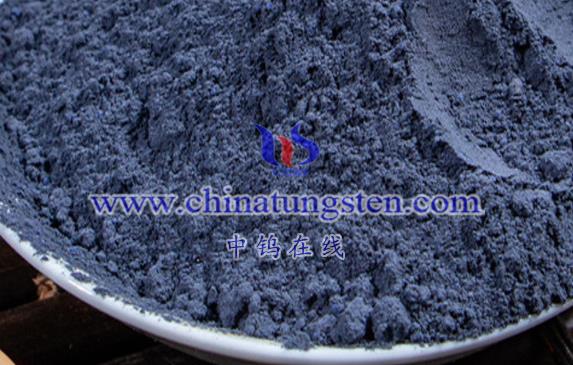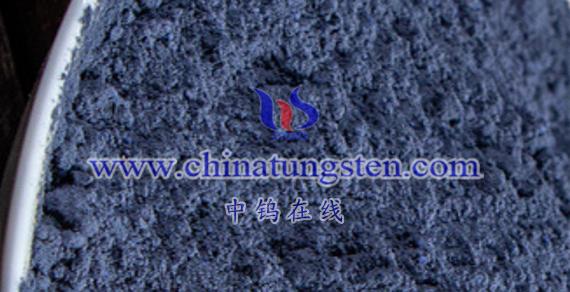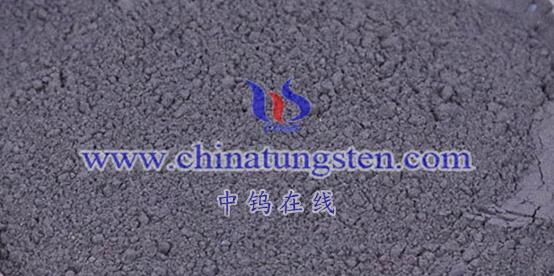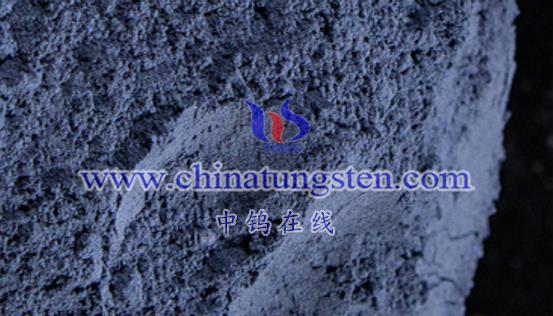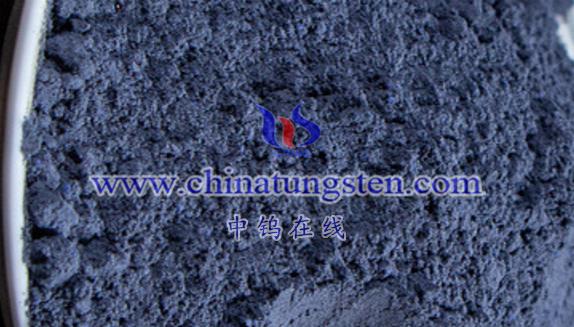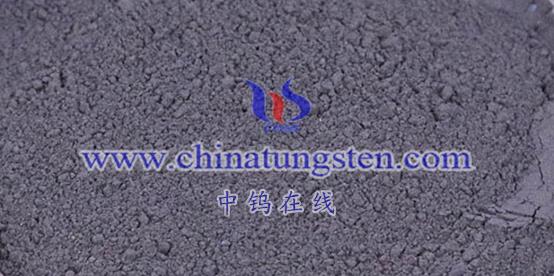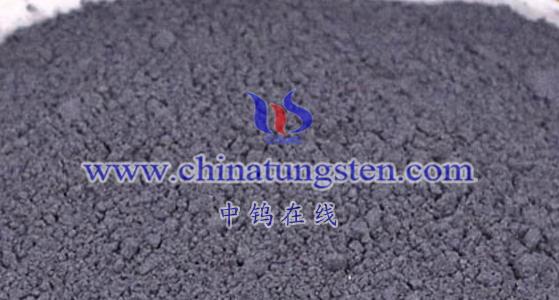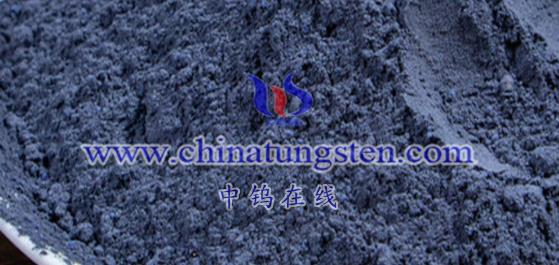
The relationship between the crystal structure of tungsten trioxide (WO₃) and temperature is significant, as different temperature ranges lead to different crystal structures for WO₃. Here’s a detailed explanation of this relationship:
Relationship Between Crystal Structure and Temperature
Tetragonal Crystal System of Tungsten Trioxide (WO₃)
- When the temperature exceeds 740°C, the crystal structure of WO₃ transforms into a tetragonal system, also known as a square crystal system. This system features a fourfold symmetry axis, which serves as the vertical symmetry axis (C-axis) of the crystal. The other two horizontal symmetry axes are perpendicular to the C-axis.
Orthorhombic Crystal System of Tungsten Trioxide (WO₃)
- In the temperature range of 330°C to 740°C, the crystal structure of WO₃ adopts an orthorhombic system. This system is characterized by the absence of higher-order symmetry axes, although it has at least three secondary symmetry axes or symmetry planes. The crystallization axes are aligned with the normals to these three mutually perpendicular secondary axes or symmetry planes.
Monoclinic Crystal System of Tungsten Trioxide (WO₃)
- When the temperature is between 17°C and 330°C, the crystal structure of WO₃ is monoclinic. This is the most common structure of WO₃, characterized by the absence of higher-order axes, and at most one secondary symmetry axis and symmetry plane. Monoclinic WO₃ typically appears as a white powder or fine granular crystals, with a space group of P21/n.
Triclinic Crystal System of Tungsten Trioxide (WO₃)
- In the low-temperature range of -50°C to 17°C, the crystal structure of WO₃ is triclinic. This system is characterized by the absence of higher-order symmetry axes, as well as secondary axes and symmetry planes. Some triclinic structures may have a center of symmetry, while others do not.
Stability and Changes in the Crystal Structure of Tungsten Trioxide (WO₃)
The crystal structure of WO₃ is influenced not only by temperature but also by factors such as the octahedral crystal geometry and complex outer electron structure. Therefore, the crystal structure of WO₃ can be quite complex and often exhibits varying degrees of distortion and oxygen vacancies.
In practical applications, the crystal structure of WO₃ may change depending on the preparation conditions (such as rate and temperature). For instance, WO₃ produced at low temperatures may be more reactive and soluble in water, while WO₃ synthesized at high temperatures might be insoluble in water.
Special Characteristics of Nano-Tungsten Trioxide
For nanoscale tungsten trioxide powders (Nano-WO₃), the relationship between crystal structure and temperature similarly applies as described above. Nano-WO₃ powders can have various morphologies, such as nanosheets, nanoflowers, and hollow nanospheres, and these morphologies may further affect their crystal structure and properties.
Conclusion
The relationship between the crystal structure of tungsten trioxide (WO₃) and temperature is closely linked. WO₃ crystals can exhibit different crystal systems at varying temperatures, and these structural changes significantly influence the physical and chemical properties of WO₃, thereby impacting its performance in practical applications.
More details of tungsten oxide product, please visit website: tungsten-oxide.com
Please contact CHINATUNGSTEN for inquiry and order of tungsten oxide:
Email: sales@chinatungsten.com
Tel.: 86 592 5129595
